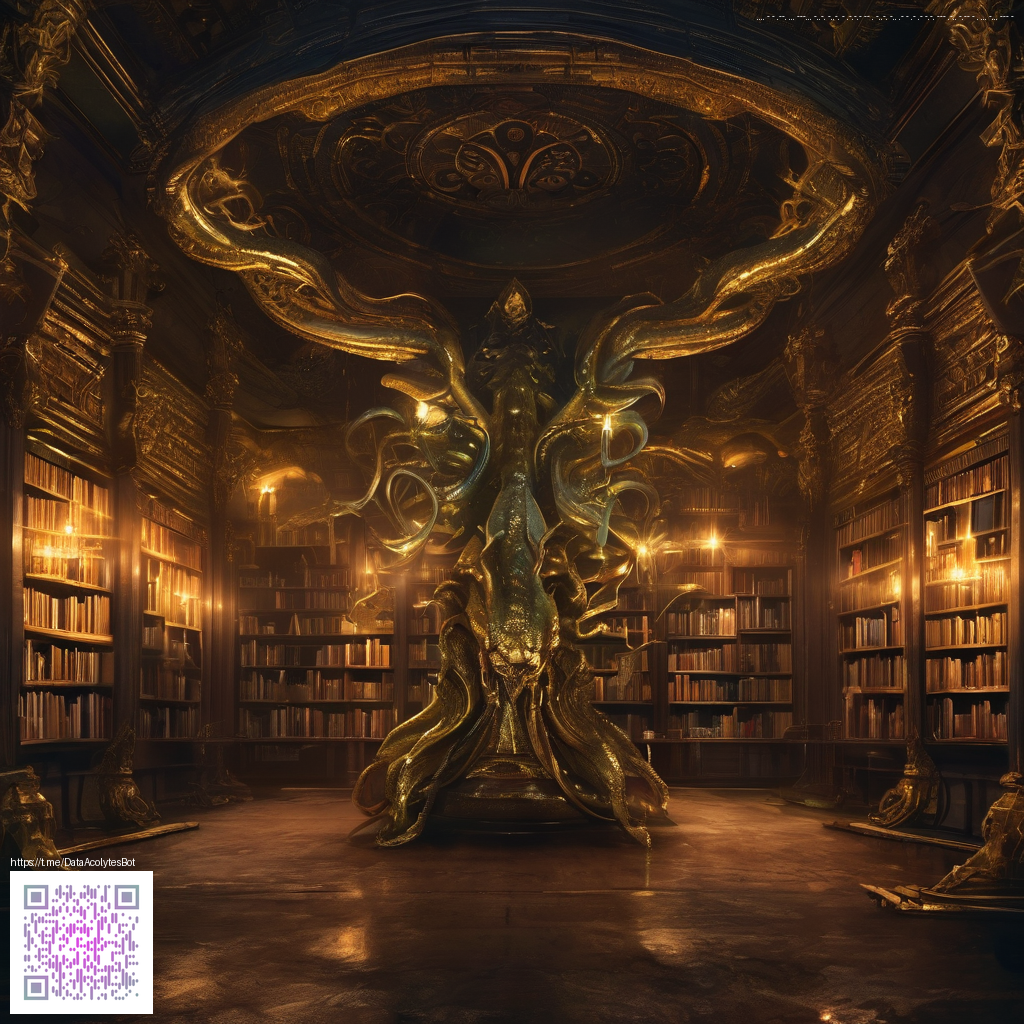
Creating Branding Mood Boards That Delight Clients
Brand mood boards are more than pretty compilations of colors and textures. When used effectively, they become a shared language that translates a brand’s values into visuals the client can feel and rally behind. A well-crafted mood board reduces guesswork, accelerates decision-making, and sets a clear tone for design directions—from logo exploration to typography choices and photography style. In short, mood boards are the compass that keeps a branding project aligned as it grows.
Key components that make a mood board work
- Brand strategy and goals: A concise statement of what the brand stands for and who it serves guides every visual choice.
- Color story: A palette that communicates personality—whether bold and energetic or calm and refined.
- Typography and type scale: A plan for how type communicates hierarchy and character across media.
- Imagery style: The mood, lighting, and subject matter of photography or illustration that aligns with the narrative.
- Texture and materials: Swatches, fabrics, or digital textures that convey tactility and depth.
- Layout and composition: Guidelines for grid structure, white space, and alignment to maintain consistency.
- Voice and usage notes: Simple reminders about accessibility, readability, and how elements should be applied in real media.
“Mood boards aren’t just visuals; they’re conversations about direction. A compelling board makes clients lean in, not just look.”
In practice, your mood board should tell a story. It should answer questions like: What does this brand stand for? How should people feel when they encounter it? What are the non-negotiables that keep the design grounded? When these questions are addressed, the client is less likely to imagine contradictory ideas and more likely to commit to a single, cohesive vision.
A practical workflow you can follow
- Define the brand narrative: Start with a one-page brief that captures brand values, target audience, and the emotional tone. This becomes your north star as you curate visuals.
- Collect visuals thoughtfully: Pull imagery, color swatches, texture samples, and typography snippets from trusted sources. Don’t overwhelm—curate to a tight, expressive story.
- Build the color and type system: Establish a primary palette, an accent set, and a typographic hierarchy. Include examples of real-world usage (mock headlines, body text, captions).
- Compile layout ideas: Create quick grid explorations to show how elements breathe on a page. This helps the client envision real layouts rather than abstract concepts.
- Provide usage notes: Include a few lines on where each element should appear and how to adapt the board to different media (web, print, packaging).
- Iterate with feedback: Use concise comments and a revised board to move toward consensus. Keep changes tangible and testable.
For a tactile touch that helps clients connect with the concept, consider showcasing a physical or physical-like mock-up. For example, a branded product mock-up such as the Custom Gaming Mouse Pad 9x7in Neoprene Stitched Edges can anchor the board in the real world, translating ideas into a tangible experience. This kind of artifact can reinforce the mood you’re describing and make abstraction feel concrete for stakeholders.
As you refine your workflow, it helps to align with a quick reference page that codifies the approach. If you’re exploring different structures, a concise guide like the one on this page can offer a practical blueprint to keep your process consistent across clients.
Presenting the mood board with clarity
- Open with the narrative: briefly articulate the brand story and the problem you’re solving for the audience.
- Walk through the sections: guide the client through color, typography, imagery, and textures in a logical order.
- Leave room for dialogue: invite questions and note any divergences to address in a follow-up board.
- Attach a concise usage guide: provide quick takeaways so the client can apply the mood to future assets without backtracking.
When done well, mood boards become a living document that informs every design decision. They empower clients to see beyond individual assets and appreciate the brand as a cohesive system. The result is not only a satisfied client but a foundation you can build on confidently as the brand evolves.